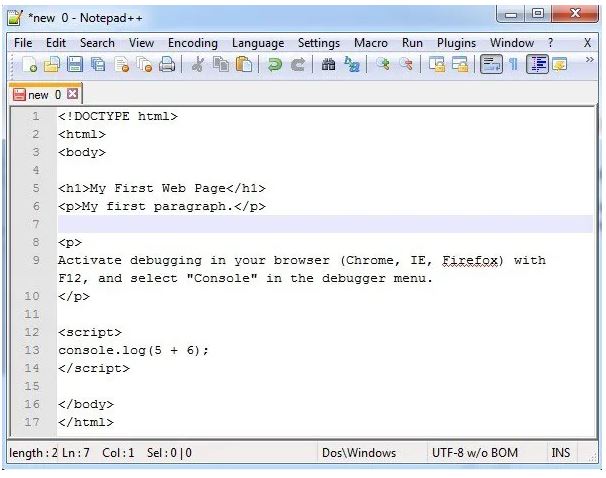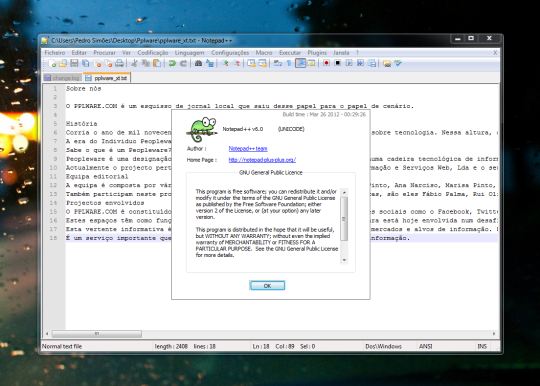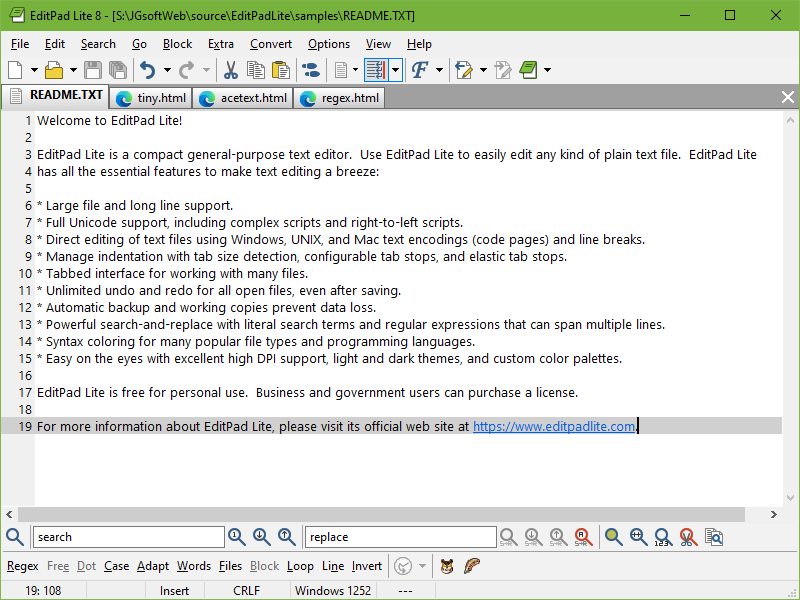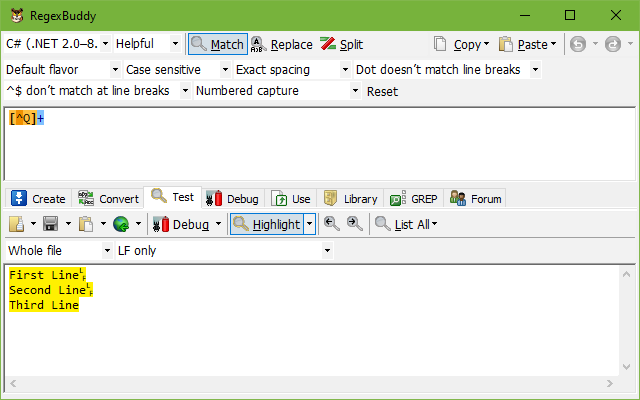

E: Treats pattern as an extended regular expression (ERE). e exp: Specifies expression with this option. v: Prints all the lines that do not match the pattern. n: Display the matched lines with line numbers. h: Display the matched lines, but do not display the filenames. c: Count the number of lines that match a pattern. grep is a powerful file pattern searcher in Linux. Grep is considered to be one of the most useful commands on Linux and Unix-like operating systems.

By default, grep displays the matching lines. The grep command is used for searching the text from the file according to the regular expression. The grep stands for “global regular expression print,” processes text line by line, and prints any lines which match a specified pattern. GREP is a multi-purpose file search tool that uses Regular Expressions. Here are the some most important test procession tool that we will discuss in this blog In this blog, we are going to learn some most important text processing tools. Linux shell has a number of useful tools that help us do various text processing tasks. In our everyday work, we need to search text, extract parts of the text, modify the text, and sort text. There are quite a few character classes that are very commonly used in regular expressions, and these are provided as named classes.Play with text in Linux: Linux is a widely-used open-source operating system that provides a large number of text processing tools. Here, “expressions” is the only all-lowercase 11-character string in the file so this is the only line printed as the output. In basic regular expressions, the meta-characters ?, +, ' testfile GNU Grep has two regular expression feature sets: Basic and Extended. In fact, most varieties of regular expressions are quite similar, but have differences in escapes, meta-characters, or special operators. GNU Grep uses the GNU version of regular expressions, which is very similar (but not identical) to POSIX regular expressions. Usually, regular expressions are included in the Grep command in the following format: grep

Regexes enhance the ability to meaningfully process text content, especially when combined with other commands.

Regular expressionsĪ regular expression, often shortened to “regex” or “regexp”, is a way of specifying a pattern (a particular set of characters or words) in text that can be applied to variable inputs to find all occurrences that match the pattern.
#How to use grep in editpad lite series#
Grep also accepts inputs (usually via a pipe) from another command or series of commands. First, Grep can be used to search a given file or files on a system (including a recursive search through sub-folders). There are two ways to provide input to Grep, each with its own particular uses. In such combined implementations, Grep may also behave differently depending on the name by which it is invoked, allowing fGrep, eGrep, and Grep to be links to the same program. These variants are embodied in most modern Grep implementations as command-line switches (and standardised as -E and -F in POSIX.2). The latter searches for any of a list of fixed strings, using the Aho-Corasick algorithm. The tool has its roots in an extended regular expression syntax that was added to UNIX after Ken Thompson’s original regular expression implementation. While most everyday uses of the command are simple, there are a variety of more advanced uses that most people don’t know about - including regular expressions and more, which can become quite complicated. Grep finds a string in a given file or input, quickly and efficiently.


 0 kommentar(er)
0 kommentar(er)
